We finally motored away from Malaysia and headed up the west coast of Palawan in the Philippines. The forecast was for winds on the nose, but not more than 15 knots, and calm some of the time. We wanted to go a long way offshore, firstly because the reefs are poorly charted inshore, and some of the shallows extend to 20 miles offshore and we would be doing 2-3 nights over this area. The other reason was to be well out of sight of land and pirates. Southern Palawan has been home to a recent kidnapping and subsequent beheading of a yacht couple who couldn’t pay the ransom. It has been over a year since there have been any incidents, and I believe the terrorist group, Abu Sayyaf, responsible for this are on the back foot right now. Still we didn’t want to take any risks.
Unfortunately the wind and waves were a bit more than I expected and we had a very slow passage, we were only making 2 – 3 knots into the wind when using the engine, and that was eating up the fuel. The passage was about 250 miles, and we wouldn’t have enough fuel at the current burn rate, so I decided to tack up the palawan passage, which was the obvious thing to do.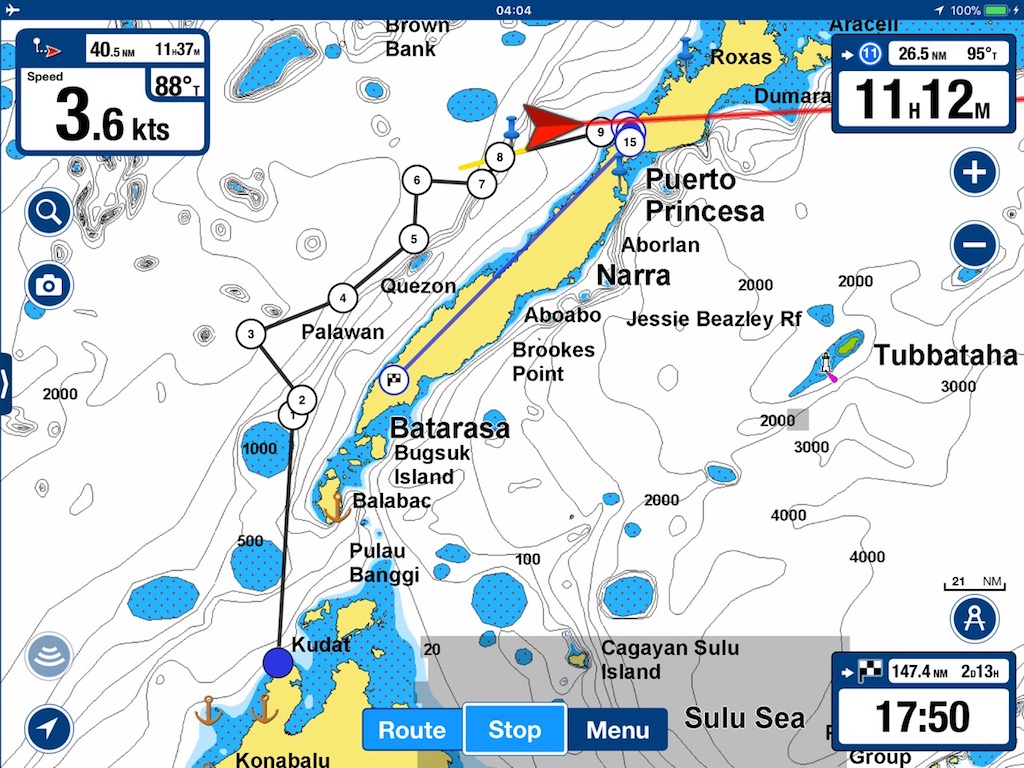 The boat goes to wind quite well, and under sail alone it was a much more comfortable ride, and also faster as we were making 5-6 knots into the wind. However because of the zig zagging involved in tacking, we wouldn’t get there any quicker but at least we would have some fuel available, and a more comfortable ride. The Palawan passage is a route up the west coast of Palawan which is quite deep, mostly between 500 and 1000 metres, however it is 20 miles offshore and either side of the passage depths can drop to 1 or 2 metres in a very short time. On the NW side of the passage there is a large area of reefs and shallows, roughly the size of the UK. Amongst this area are many disputed islands including the Spratly islands
The boat goes to wind quite well, and under sail alone it was a much more comfortable ride, and also faster as we were making 5-6 knots into the wind. However because of the zig zagging involved in tacking, we wouldn’t get there any quicker but at least we would have some fuel available, and a more comfortable ride. The Palawan passage is a route up the west coast of Palawan which is quite deep, mostly between 500 and 1000 metres, however it is 20 miles offshore and either side of the passage depths can drop to 1 or 2 metres in a very short time. On the NW side of the passage there is a large area of reefs and shallows, roughly the size of the UK. Amongst this area are many disputed islands including the Spratly islands
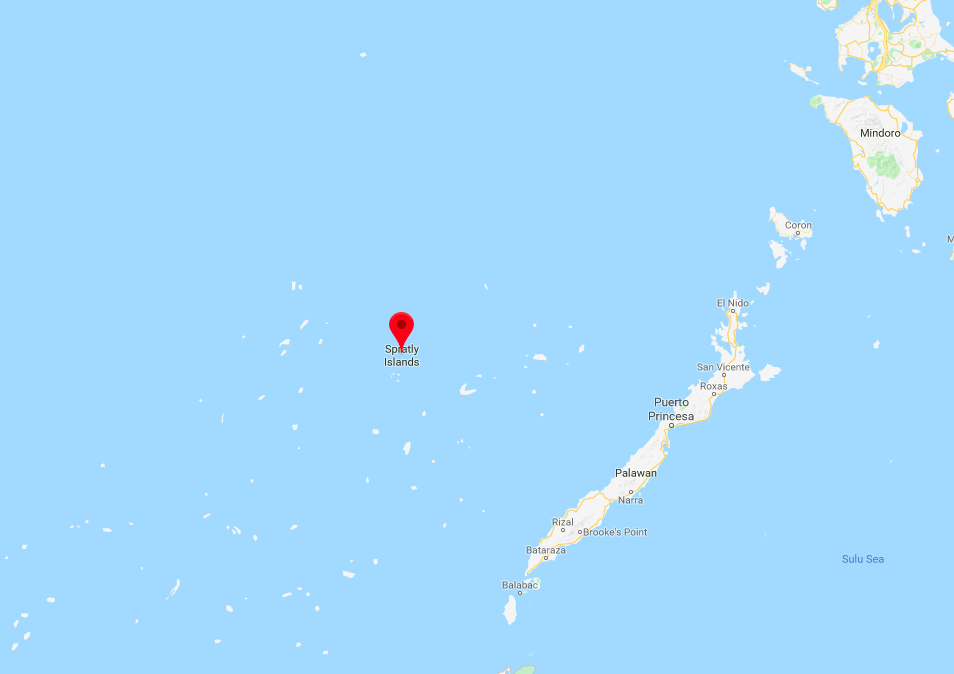
Much of this areas sovereignty is contested, and there has been a fair bit of military / Naval drive bys of late. I looked at a recent news item about a big yacht going aground in this region recently and wondered why it was even there, yet we were now tacking into the same area. I needed to make sure we didn’t go too far, yet on the other tack we headed towards the shallows off the coast of Palawan. As it turned out the wind was shifting a lot so the decisions were quite easy.
Fridge woes digression:
At some point on the passage I noticed my coke zero was a bit warm, and yes, the fridge had packed in again. This was quite confusing, it had been running for a couple of weeks doing a sterling job, the controller I replaced might have failed again, but usually you would expect this within a few hours not weeks, perhaps the compressor had an intermittent fault that was blowing up controllers, a short? I was a bit disappointed at the thought of arriving in the Philippines without a fridge, I had heard importing boat bits into this country was a nightmare and to be avoided at all cost! So with a little trepidation I emptied out the lazarette locker, Something I felt should be possible while being tossed around at sea anyway. Looking at the fuse I could see something was wrong, half of it, the plastic bit, was missing. The rest of it looked burnt. You can see the normal type of fuse above the damaged fuse.
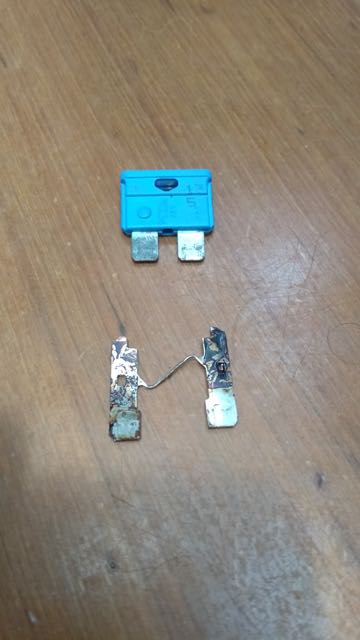
Very confused, I fitted another fuse and we were back up and running. A few days later when Kathy pointed out the fridge seemed to be fixed ok I explained that fuses never go faulty on their own, there’s always a reason somewhere, and I couldn’t understand what was going on, but I was sure there was still a problem. And as if by magic the next day the fridge stopped working again. An investigation of the fuse revealed a similar story, except this time the plastic was there, just melted and dripped and re-set all over the fuse holder. The thing was, in both cases the fuse hadn’t actually blown, and despite everything around it melting, it should have continued to work. This was getting to be an interesting mystery. Obviously great heat was being generated, the fridge draws about 8 amps, at 12V which is capable of creating 100W of heat in theory, which is a lot. If the fridge was drawing too much power, the fuse should blow. I suspect that the fuse and fuse holder where not making a great connection, and the heat generated caused the fuse to expand the contacts or move away from them. I’m open to any feedback on this one, suffice it to say, I don’t like these auto style fuses on boats, and will be replacing them as I come across them here. For now, I put a 10A circuit breaker in the place of the fuse, this has two advantages, 1) it won’t have the heat issues of the auto fuse, 2) if there is a temporary short somewhere, then I can reset the fuse easily without emptying the locker, and hopefully keep some life in Kathy’s vegan cheese
Ulugan Bay
After 2 1/2 days at sea, with the wind picking up, we turned to starboard and into the wonderfully calm Ulugan bay.
The entrance to the bay is marked by the three little islands shown below.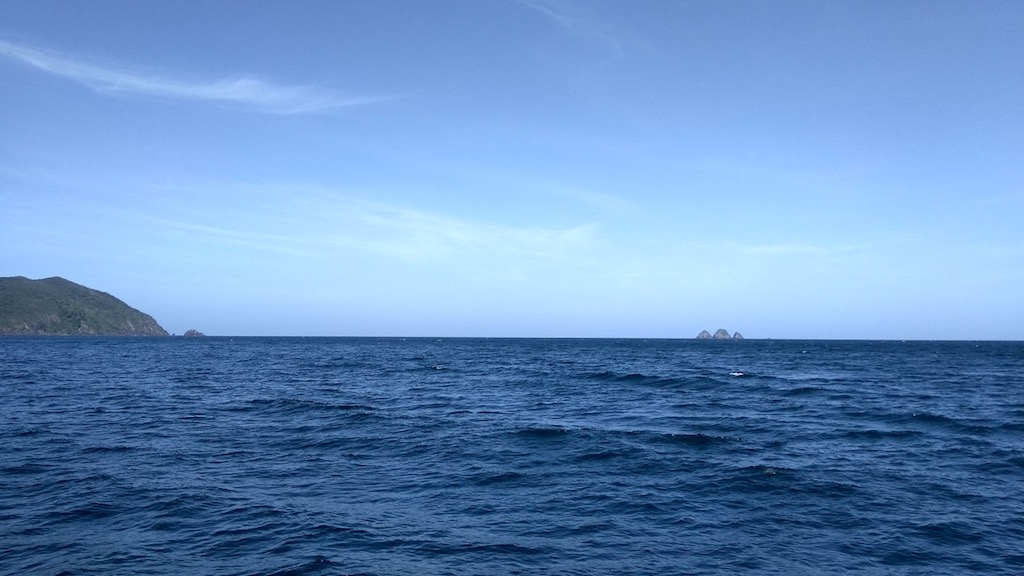
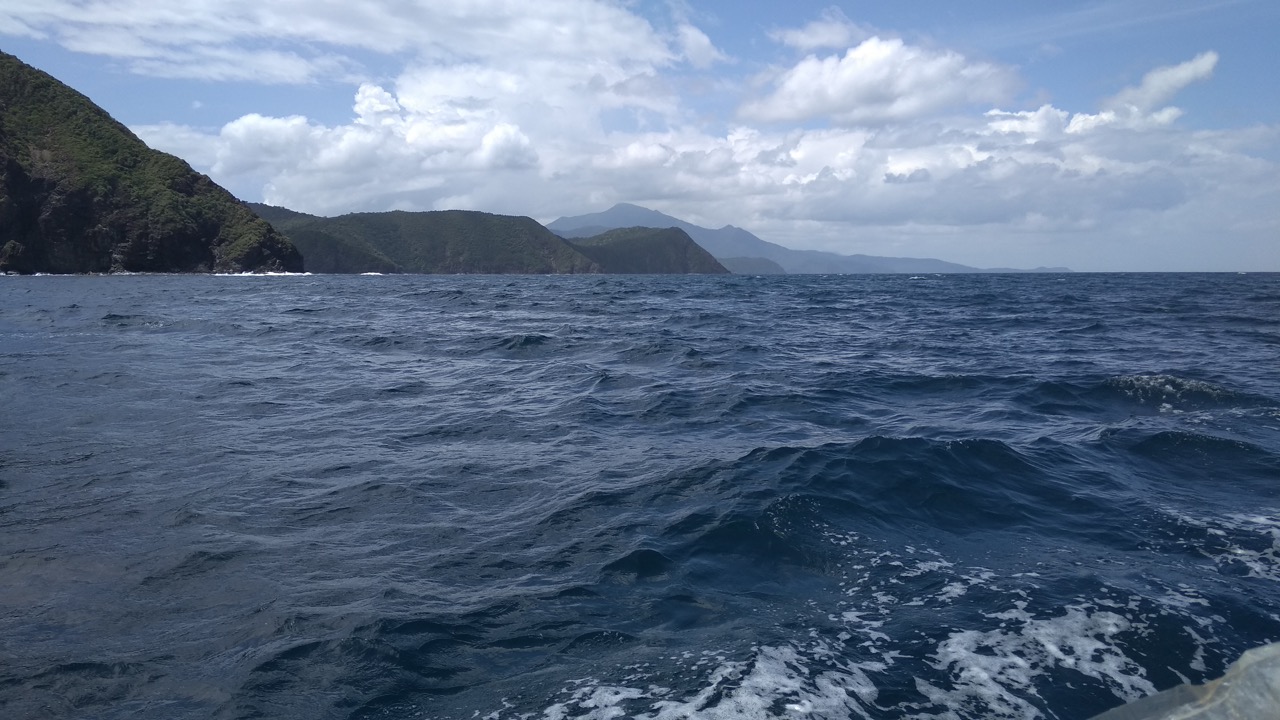
This bay is very protected from the northerly winds and we managed to find a spot to anchor in between the extensive very shallow coral.
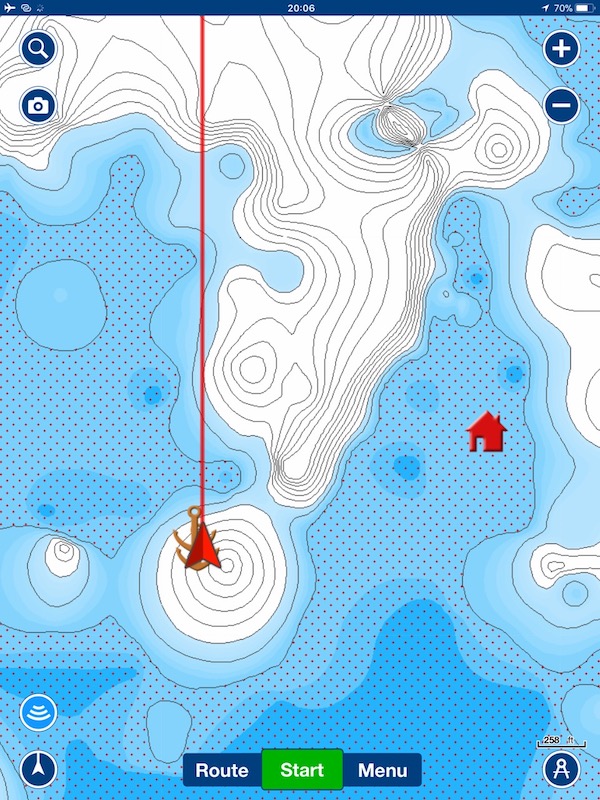
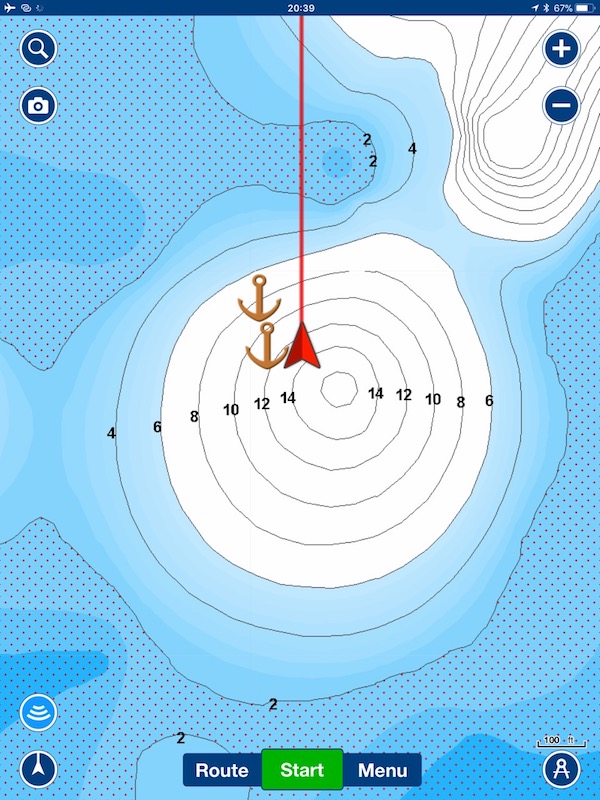
You can see the coral on a google earth picture.
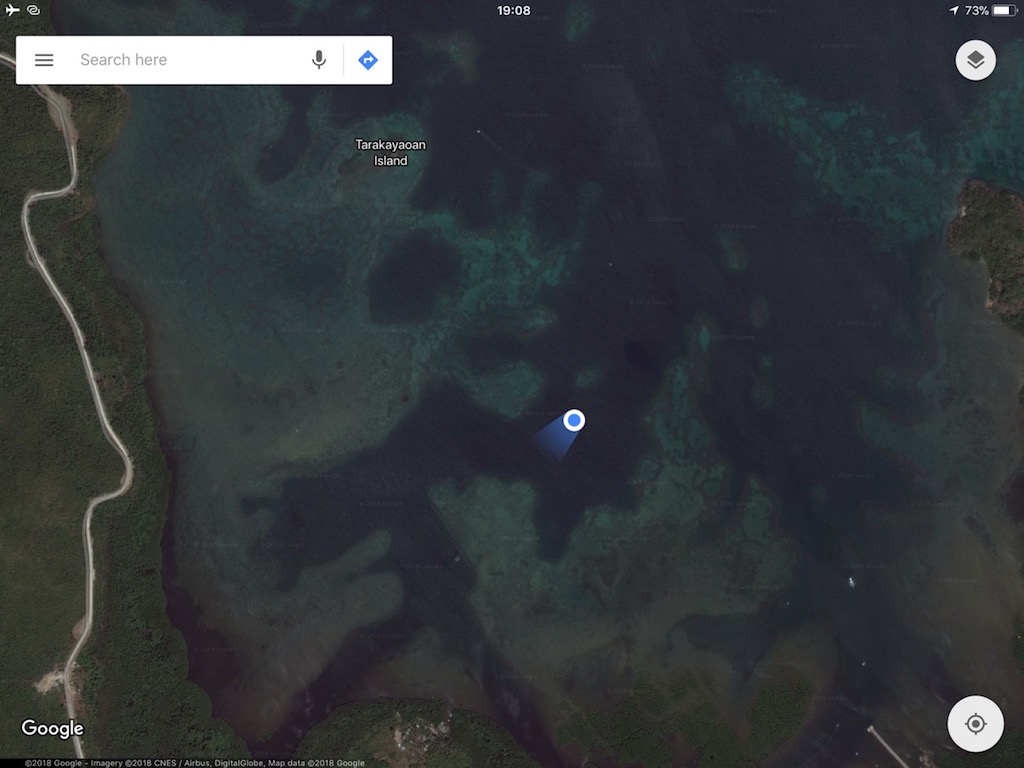
We were finally in the Philippines and once we had tidied up, I took a dinghy ride ashore to enquire as to the best way to get a taxi/trike into the main city here, Puerto Princesa (PP).
I was able to get a good look at the Bancas in the river, they are mostly made of wood and tied together with string/rope. Some of the more modern ones use GRP.
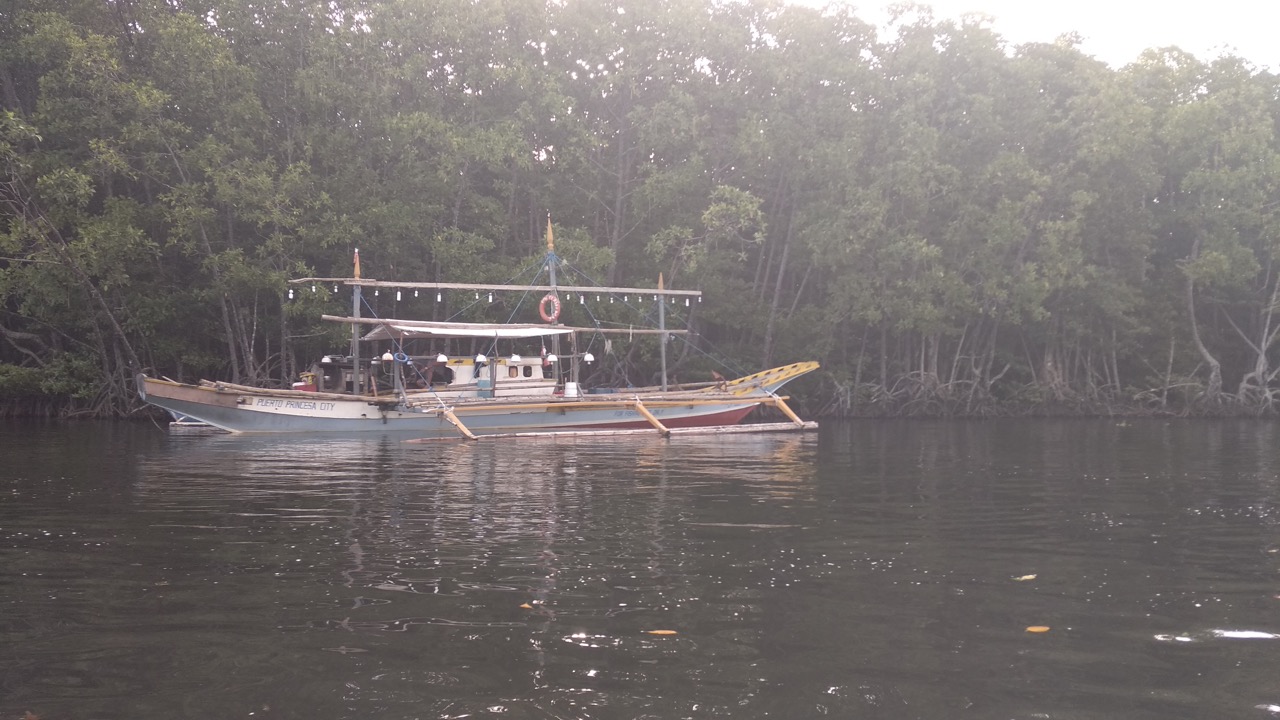
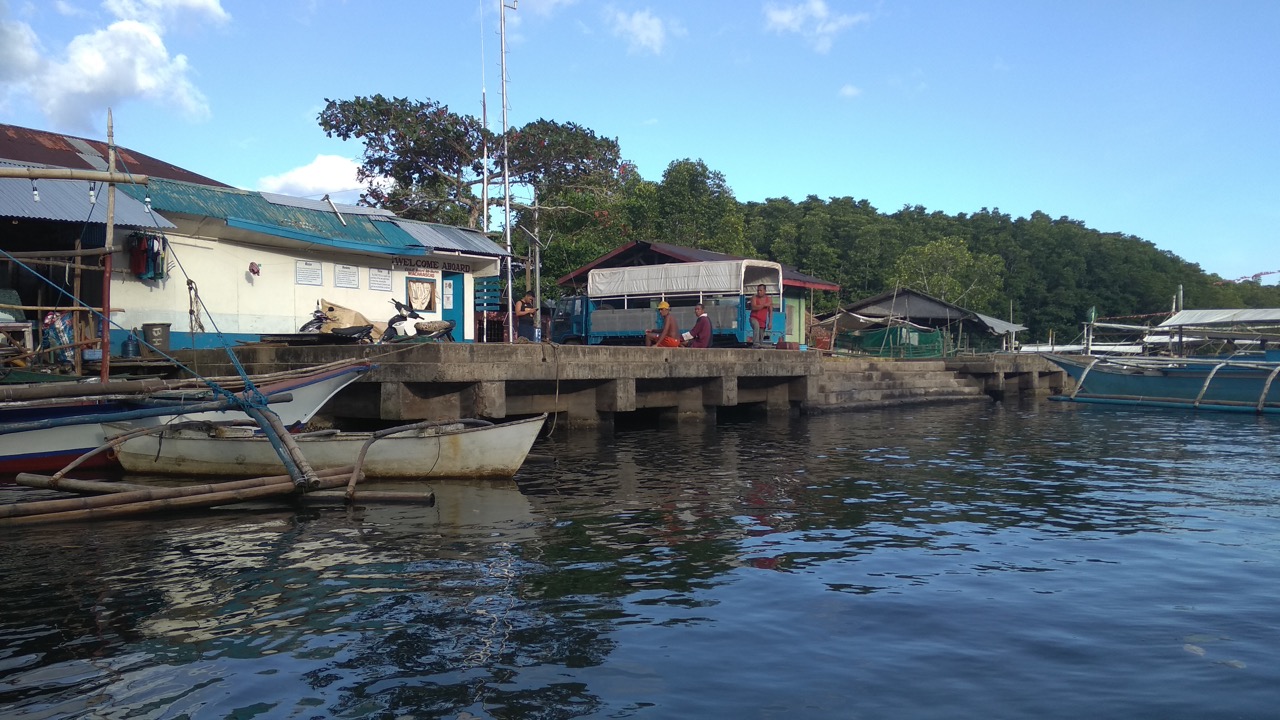
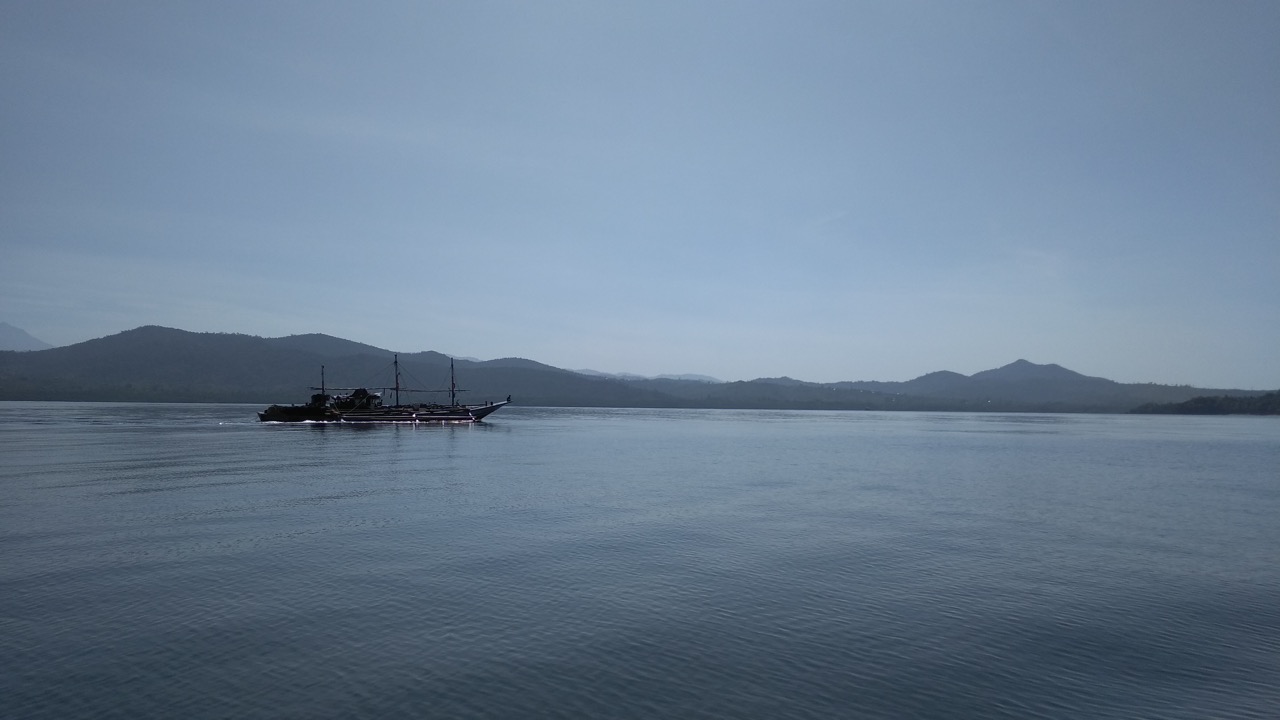
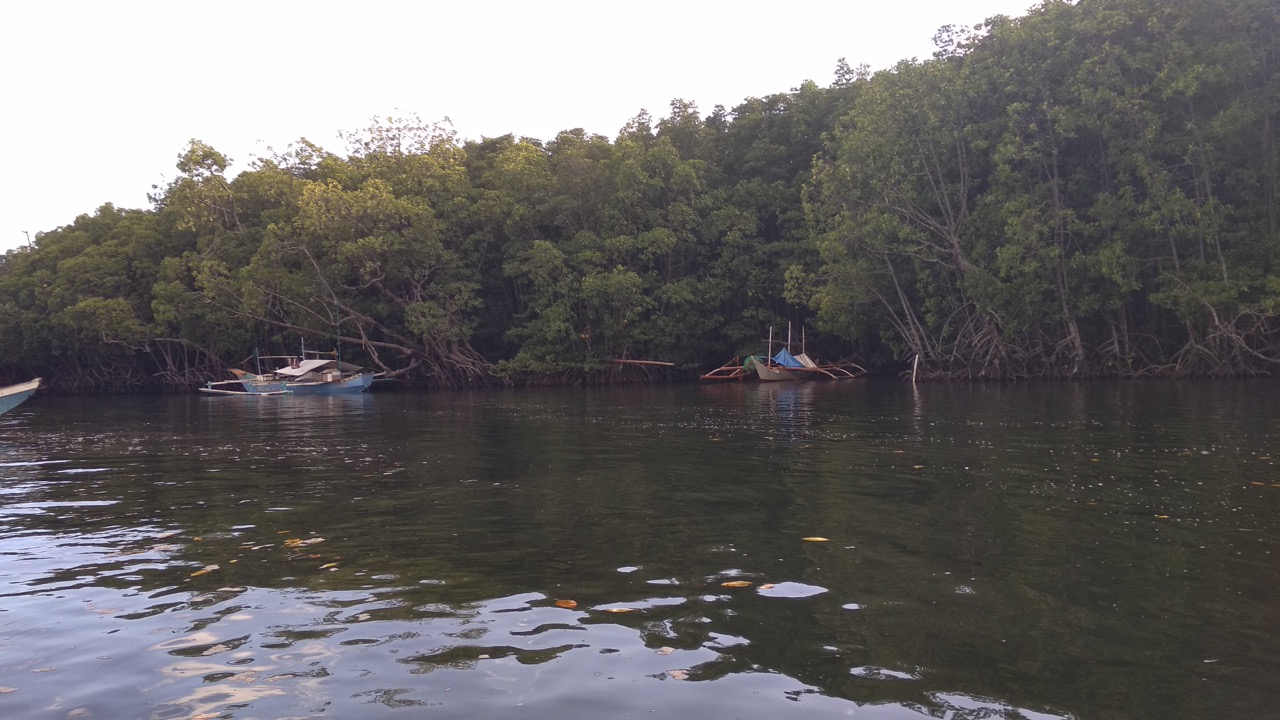
Back on the boat we both slept for the rest of the day and generally took it easy.
We would stay here for a couple of days and take a ride into the main city here of Puerto Princesa to check in.
Paul Collister
